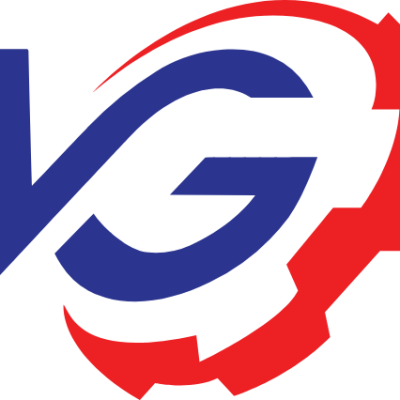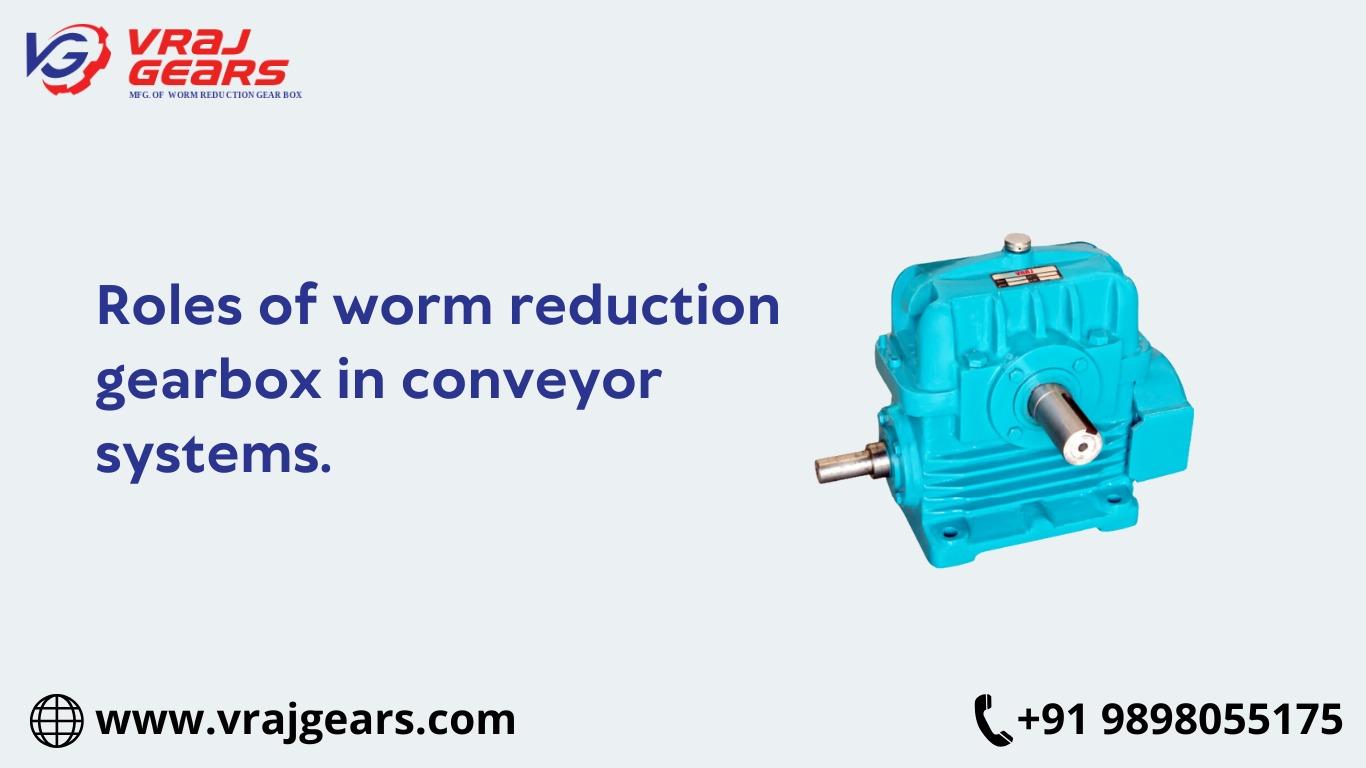Manufacturing operations together with mining activities and logistics services, depend on conveyor systems that efficiently transport materials throughout their operations. Worm reduction gearboxes serve as essential components to boost the operational levels of these systems. Users seek this gearbox type because it offers strong torque capacity within small dimensions. Worm reduction gearboxes enhance efficiency control speed and provide durable operations during conveyor use. This article investigates the essential functions of worm reduction gearboxes within conveyor systems, along with their necessity in industrial operations.
Torque multiplication and speed control
Worm reduction gearboxes increase torque by transforming high-speed motor input into low-speed, regulated output. This reduces wear and slippage by keeping optimum belt tension, avoiding overloading, and ensuring consistent material conveyance.
Higher Gear Reduction Ratios for Precision Control
Worm gearboxes, which offer up to 100:1 single-stage reduction, allow for precise speed control in conveyor applications, important for processes such as sorting, indexing, and metered material flow that require synchronized motion.
Self-Locking Load-Holding Mechanism
The inherent friction in worm gear systems enables mechanical braking to occur automatically, making external braking systems unnecessary and preventing conveyor back-driving or free-wheeling in gravity-fed situations.
Management of Axial and Radial Loads
Worm gearboxes efficiently handle axial and radial stresses due to their robust bearings and well-engineered gear meshing, ensuring smooth belt operation under heavy material loads without misalignment or excessive wear.
Heat Dissipation and Thermal Efficiency
Worm gears enhance longevity in high-duty cycle applications by minimizing losses due to friction and avoiding overheating in continuous operation when supplemented with heat-dissipating casings and high-performance lubrication.
Portable Design for Right-Angle and Inline Configurations
Space-saving conveyor systems can be combined due to the space-saving design, which accommodates both inline and right-angle power transmissions without requiring additional mounting space.
Noise reduction and vibration damping
Worm gears’ sliding contact mechanism dramatically lowers noise and vibration levels, which makes them perfect for conveyor applications in noisy settings like precision manufacturing, food processing, and pharmaceuticals.
Variable Frequency Drive (VFD) compatibility
Worm gearboxes and VFD-controlled motors work together smoothly to optimize conveyor performance depending on changing load needs by enabling real-time speed and torque adjustments.
Design that is Low Maintenance and Wear-Resistant
Worm gearboxes, made from self-lubricating components and high-strength alloy alloys, give long life with minimum maintenance, reducing operating expenses and downtime in conveyor systems.
Overload Protection and Absorption of Shock Load
The meshing action of worm gears inherently absorbs transient overloads and sudden shock loads, prolonging the lifespan of the conveyor system and the gearbox and preventing mechanical failures.
Conclusion
Worm reduction gearboxes serve essential functions in improving conveyor system operational performance. Such gearboxes play an essential role in industrial automation since they deliver both efficient torque control and energy conservation along with secure operation. Companies that need to enhance conveyor efficiency recognize worm-reduction gearboxes as an excellent investment because they process heavy loads while offering noise reduction and tight design compatibility.
Call to Action
High-quality worm reduction gearboxes provide the solution for conveyor system optimization. Our team is ready to help you obtain superior gearbox solutions designed exactly for your industrial operations. Contact us now.




